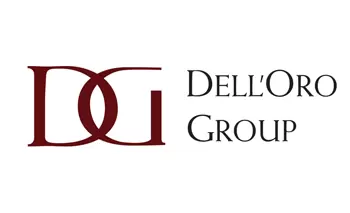NVIDIA introduced its Spectrum-X Networking Platform for Ethernet-based AI clouds.
The Spectrum-X solution consists of the company's existing 51 Tbps NVIDIA Spectrum-4 Ethernet switch and the NVIDIA BlueField-3 DPU, along with acceleration software and software development kits (SDKs).
Advanced RoCE extensions work across the Spectrum-4 switches, BlueField-3 DPUs and NVIDIA LinkX optics to create an end-to-end 400GbE network that is optimized for AI clouds. The Spectrum-4 Ethernet switch supports smart-leaf, spine, and super-spine designs. It offers 64 ports of 800GbE in a dense 2U form factor, and up to 256 200Gbs ports can be connected by a single switch, or 16,000 ports in a two-tier leaf-spine topology.
The software stack includes Cumulus Linux, pure SONiC and NetQ — which together enable the networking platform’s extreme performance. The BlueField DPUs are powered by NVIDIA DOCA™ software framework.
The Spectrum-X solution set also includes a selection of direct attach copper cables (DACs), active copper cables (ACCs), active optical cables (AOCs), and optics needed to connect OSFP and QSFP-based fabrics.
“Transformative technologies such as generative AI are forcing every enterprise to push the boundaries of data center performance in pursuit of competitive advantage,” said Gilad Shainer, senior vice president of networking at NVIDIA. “NVIDIA Spectrum-X is a new class of Ethernet networking that removes barriers for next-generation AI workloads that have the potential to transform entire industries.”



















